Introduction to Wildfire Events
In recent years, the increasing frequency and intensity of wildfires have sparked widespread concern among communities and governmental agencies alike. Recognizing the dangers posed by uncontrolled wildfires, various stakeholders are collaborating to create awareness and implement strategies to manage and mitigate their impacts. These collaborations often culminate in wildfire events that serve to educate, engage, and empower individuals and organizations in fire-prone areas.
Definition and Importance of Wildfire Events
Wildfire events encompass a range of activities organized to enhance public understanding of wildfire risks and safety measures, while also fostering community preparedness. These events can include educational workshops, safety drills, information sessions, and fundraising activities aimed at supporting fire management efforts. By informing the public about the potential hazards of wildfires and the best practices for prevention and response, these events play a crucial role in reducing the associated risks and impacts.
Moreover, in a time when climate change is exacerbating wildfire conditions across the globe, these initiatives have never been more vital. They help to build resilience within communities, enabling residents to respond more effectively when faced with a wildfire event. By raising awareness and promoting preparedness, wildfire events not only save lives but also protect property and natural resources.
Overview of Wildfire Management Initiatives
Wildfire management is a comprehensive approach that combines prevention, preparedness, response, and recovery activities. Several initiatives support wildfire management, such as the National Interagency Fire Center (NIFC), which coordinates wildfire responses across the United States, and the Federal Emergency Management Agency (FEMA), which provides resources and funding for local emergency management plans.
In addition, many states have developed their own wildfire management programs, focusing on forest management, fuel reduction, and community engagement. These programs often involve multi-agency partnerships that include federal, state, and local fire agencies, land management organizations, and community groups. Wildfire events serve as an extension of these broader initiatives, reinforcing the need for public participation and support in fire management efforts.
Community Involvement in Wildfire Awareness
Community involvement is a critical element in wildfire awareness initiatives. Engaging local residents in wildfire education not only enhances their understanding of fire risks but also fosters a sense of ownership and responsibility towards their environment. Community members often possess invaluable local knowledge that can enhance response efforts in the event of a wildfire.
Additionally, building strong community networks can aid in the dissemination of information and resources. Local associations, schools, and other groups can organize meetings, invite experts, and hold community forums to discuss wildfire management strategies, share personal experiences, and learn from one another.
Types of Wildfire Events
Educational Workshops and Seminars
One of the most effective methods of raising awareness about wildfire safety is through educational workshops and seminars. These events often focus on specific topics such as wildfire behavior, evacuation planning, or the use of fire-resistant landscaping. Consulting with local firefighters, foresters, and emergency management personnel can provide communities with expert insights and real-life examples.
Workshops can also include hands-on activities, such as preparing emergency kits or developing family evacuation plans, making the learning process interactive and practical. Participants can also benefit from professional training modules that encourage best practices in fire prevention and response.
Community Drills and Safety Exercises
Conducting community drills is an essential practice for preparing residents for potential wildfire scenarios. These exercises simulate real-life situations, enabling individuals to practice their response actions in a controlled environment. Community drills can include activities such as practicing evacuation routes, identifying safe zones, and developing communication strategies during a wildfire.
These drills not only enhance the community’s preparedness but also improve coordination among local agencies and first responders, ensuring a unified response in the event of a wildfire. Feedback from these drills can be invaluable for refining response plans and protocols.
Fundraising Events for Fire Management
Hosting fundraising events is another effective way to support wildfire management initiatives. These events can take many forms, including bake sales, charity runs, auctions, and benefit concerts. Funds raised can be directed towards local fire departments, forest management projects, or educational programs focused on wildfire prevention.
Engaging the community in these fundraising efforts fosters a sense of pride and shared purpose, as residents come together to support sustainable fire management practices that benefit the entire community.
Planning and Hosting Wildfire Events
Step-by-Step Guide to Organizing a Wildfire Event
Organizing a wildfire event requires careful planning and consideration. Here is a step-by-step guide to help streamline the process:
- Identify the Goals: Define the objectives of the event, whether it’s raising awareness, educating the community, or raising funds.
- Form a Planning Committee: Assemble a group comprising community members, local leaders, firefighters, and experts to contribute diverse perspectives and expertise.
- Choose a Format and Location: Decide on the type of event—workshop, seminar, drill, or fundraising activity—and select a suitable venue.
- Establish a Timeline: Create a schedule leading up to the event, including deadlines for promotion, logistics, and materials preparation.
- Promote the Event: Use social media, local newspapers, community bulletin boards, and word-of-mouth to spread the word and encourage participation.
- Coordinate Logistics: Arrange for speakers, materials, equipment, and refreshments as necessary.
- Evaluate and Reflect: After the event, gather feedback from participants and stakeholders to improve future initiatives.
Collaboration with Local Authorities and Agencies
Effective wildfire events are often the result of collaboration between various local authorities and agencies. Engaging fire departments, emergency management teams, local government, and nonprofit organizations can lend credibility to the event and ensure a comprehensive approach to wildfire education and preparedness.
Additionally, co-hosting an event allows for resource sharing, expertise exchange, and collective promotion, thereby maximizing the reach and impact of the initiative. Establishing strong working relationships can lead to ongoing collaboration and enhanced community resilience in the face of wildfires.
Best Practices for Engaging Participants
To ensure the success of wildfire events, it is vital to engage participants effectively. Here are some best practices to consider:
- Interactive Content: Develop engaging materials and activities that encourage participants to be active learners during the event.
- Inclusive Atmosphere: Make sure the event is welcoming to people of all ages, backgrounds, and abilities by providing accessible facilities and materials.
- Encourage Questions: Create a space for open dialogue where attendees can ask questions and clarify doubts regarding wildfire management.
- Follow-Up Engagement: Share materials post-event, such as video recordings or informational pamphlets, and encourage participants to stay connected for future initiatives.
Impact of Wildfire Events on Communities
Raising Awareness and Educating the Public
Wildfire events play a paramount role in raising awareness and educating the public about fire risks and safety. By increasing public knowledge around wildfire impacts, these initiatives facilitate better preparedness. Informed communities can not only respond to incidents more effectively but can also contribute to preventative measures. Public education around evacuation routes, fire-resilient landscaping, and emergency kit preparation has been demonstrated to significantly increase community resilience.
Enhancing Preparedness through Community Engagement
Engaging communities through wildfire events cultivates an environment of preparedness. As residents become more knowledgeable about the risks and the actions they can take to mitigate them, there is a notable decrease in vulnerability. Preparedness strategies that arise from community-driven initiatives can lead to well-coordinated responses during a wildfire threat.
Moreover, as communities develop and practice preparedness plans, they become better equipped to protect their homes, families, and local ecosystems from wildfire damage. This heightened level of preparedness also fosters community cohesion, as residents come together to confront these challenges collectively.
Case Studies: Successful Wildfire Events
Several communities have successfully implemented wildfire events that serve as benchmark examples for others. For instance, a small town in California hosted a series of Wildfire Preparedness Days where local authorities and fire experts provided residents with hands-on training in creating defensible space around their properties. Feedback from participants indicated a significant increase in knowledge about fire safety practices, with many opting to implement changes to their homes immediately following the event.
Another notable example is an annual fundraising concert for wildfire management initiatives in Colorado, which not only raises significant funds but also builds community bonds through shared cultural experiences. Participants often express their commitment to making their community safer against wildfire threats, showcasing the dual impact that these events can have.
Future Trends in Wildfire Events
Innovations in Wildfire Education and Engagement
As the dynamics of wildfire threats evolve, so too must the methods of education and engagement. Future wildfire events are likely to incorporate cutting-edge technologies, such as virtual reality simulations, to offer immersive experiences in understanding wildfire behavior. Through such innovations, participants can visualize the impacts of wildfires, reinforcing the significance of preparedness measures and risk mitigation strategies.
Furthermore, gamification of educational elements—such as interactive quizzes or competitions related to fire safety—can increase participant engagement while enhancing knowledge retention. This approach can foster community-driven solutions to wildfire risks.
The Role of Technology in Wildfire Management Events
Technology is becoming an integral part of wildfire management, providing tools for real-time data collection and analysis. Apps and online platforms that track fire incidents, weather conditions, and community resources can be pivotal during wildfire events. Incorporating such tools into community education efforts can empower residents to take proactive steps in their wildfire preparedness and response.
Moreover, the use of social media for promoting wildfire events and sharing important information can enhance outreach and engagement, ensuring that crucial safety messages reach a broader audience.
Growing Community Networks for Fire Safety
The establishment of localized networks dedicated to fire safety is a promising trend for the future of wildfire events. By creating collaborative spaces where residents, local businesses, and authorities can connect, communities can reinforce collective preparedness initiatives and share resources.
These networks not only foster ongoing education but also encourage joint-action projects, such as neighborhood firebreaks or community clean-up events to remove flammable debris. By leveraging these community networks, residents can ensure that their communities are better prepared to face the challenges posed by wildfires, creating a safer and more resilient environment.
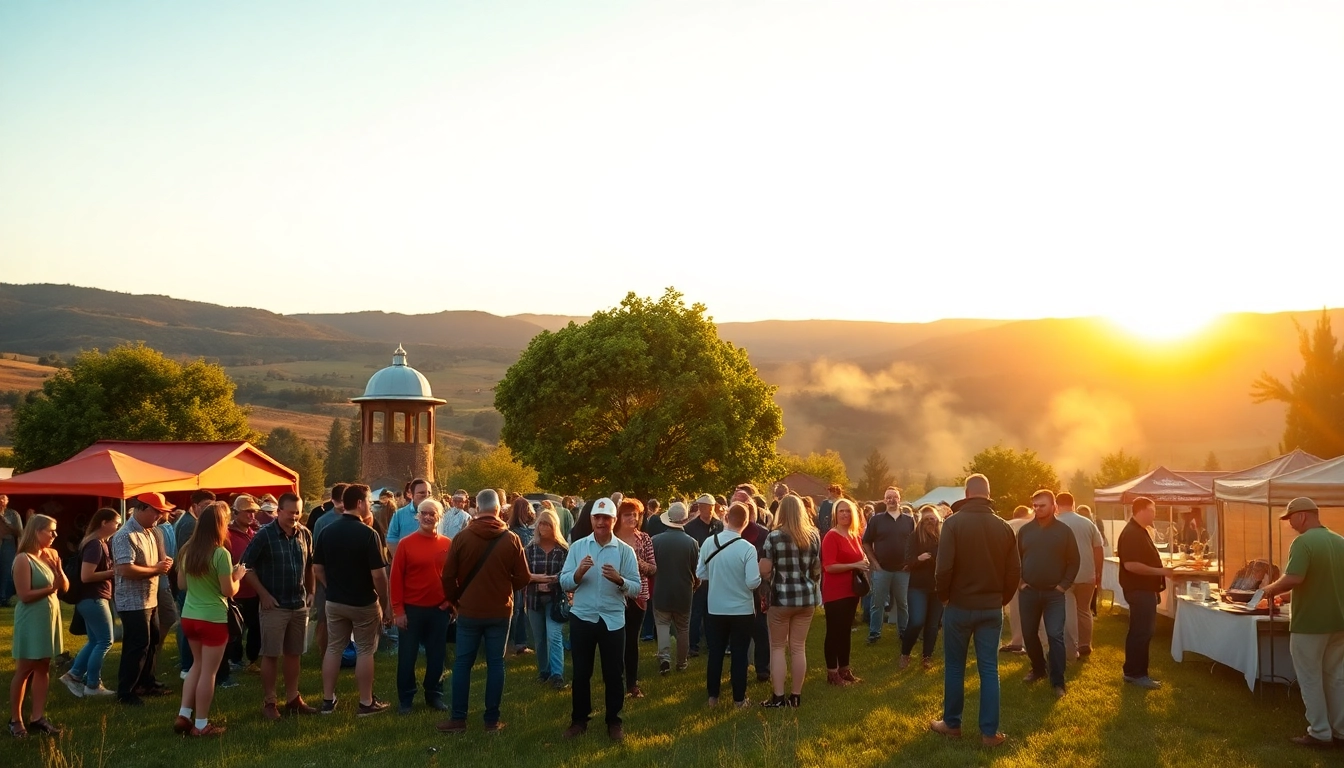
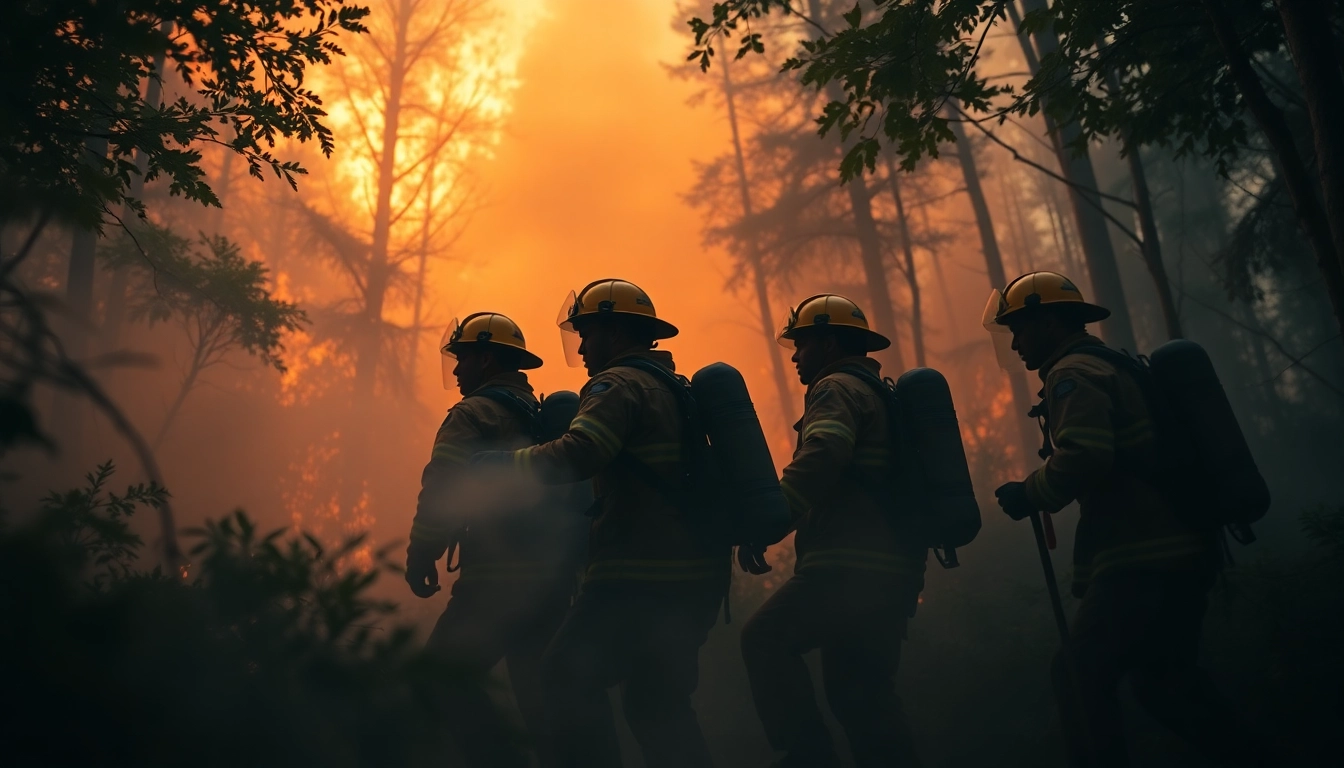

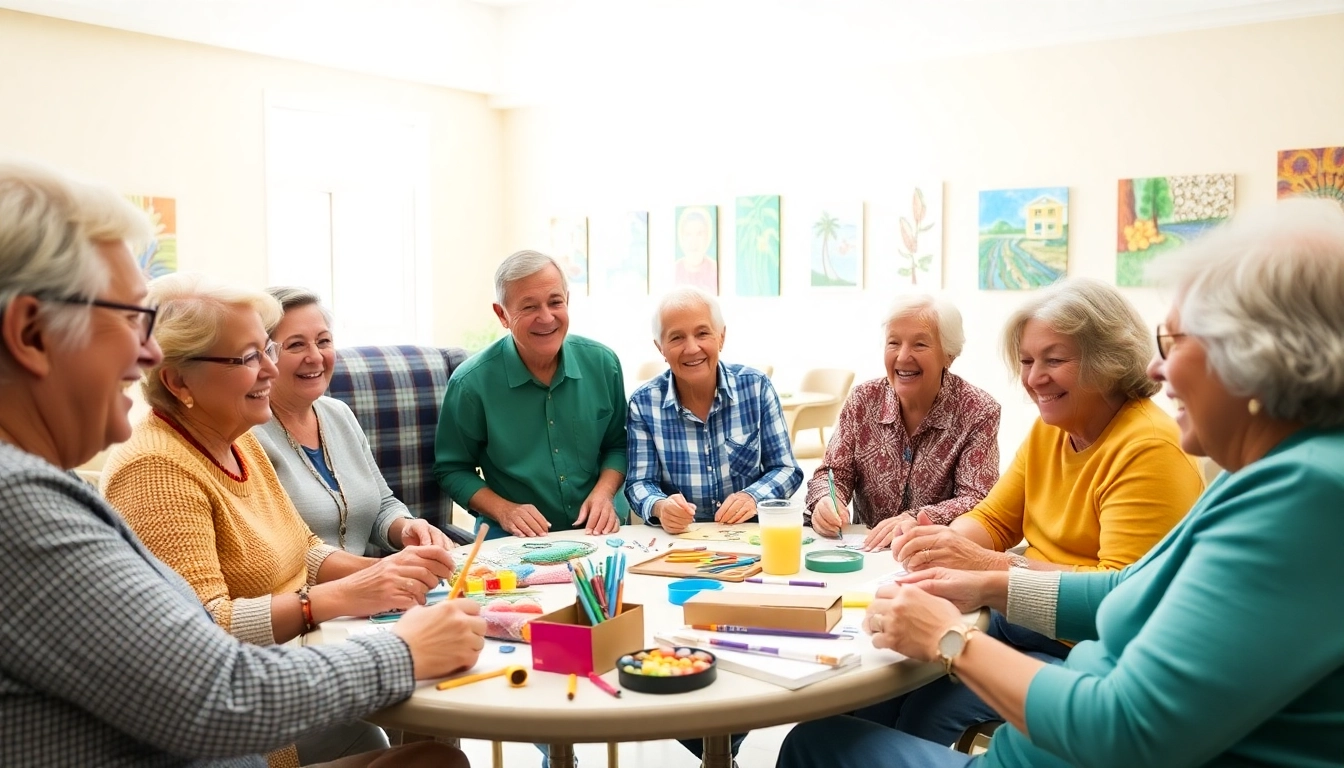
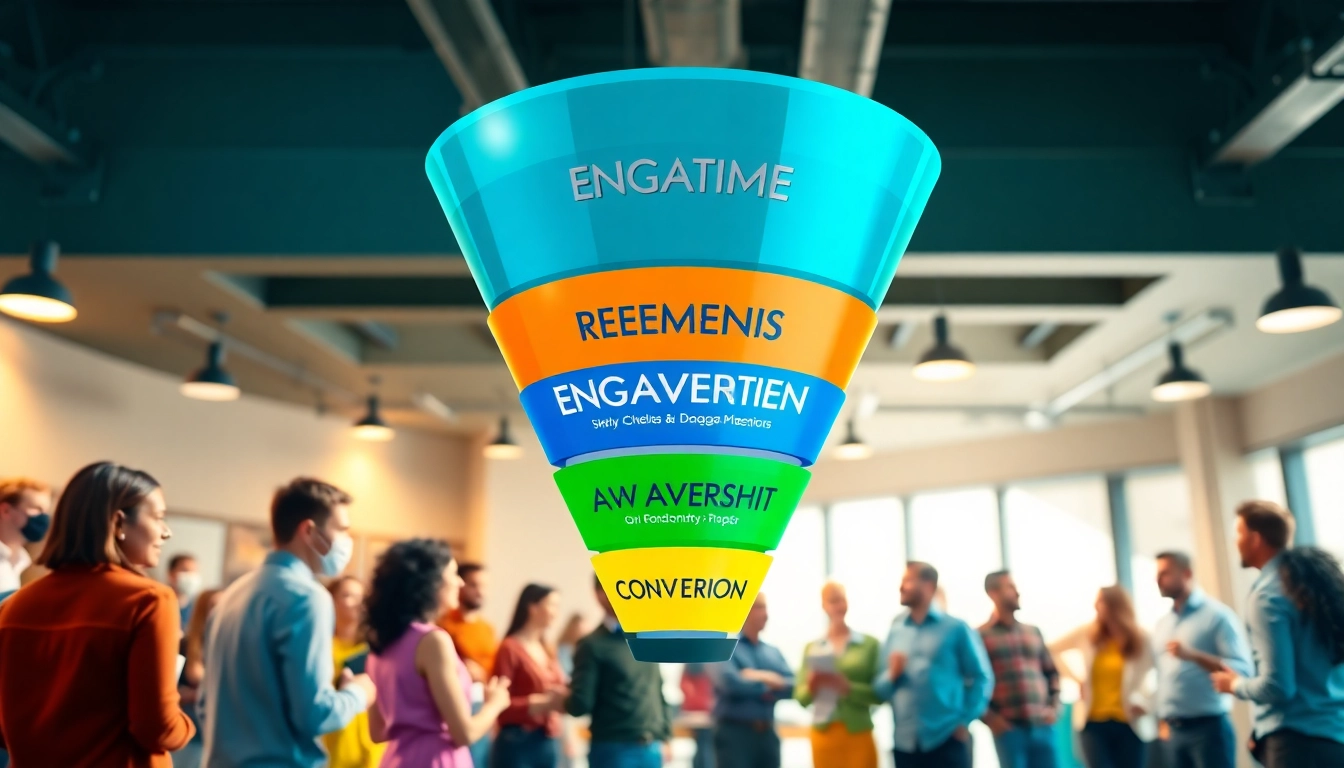


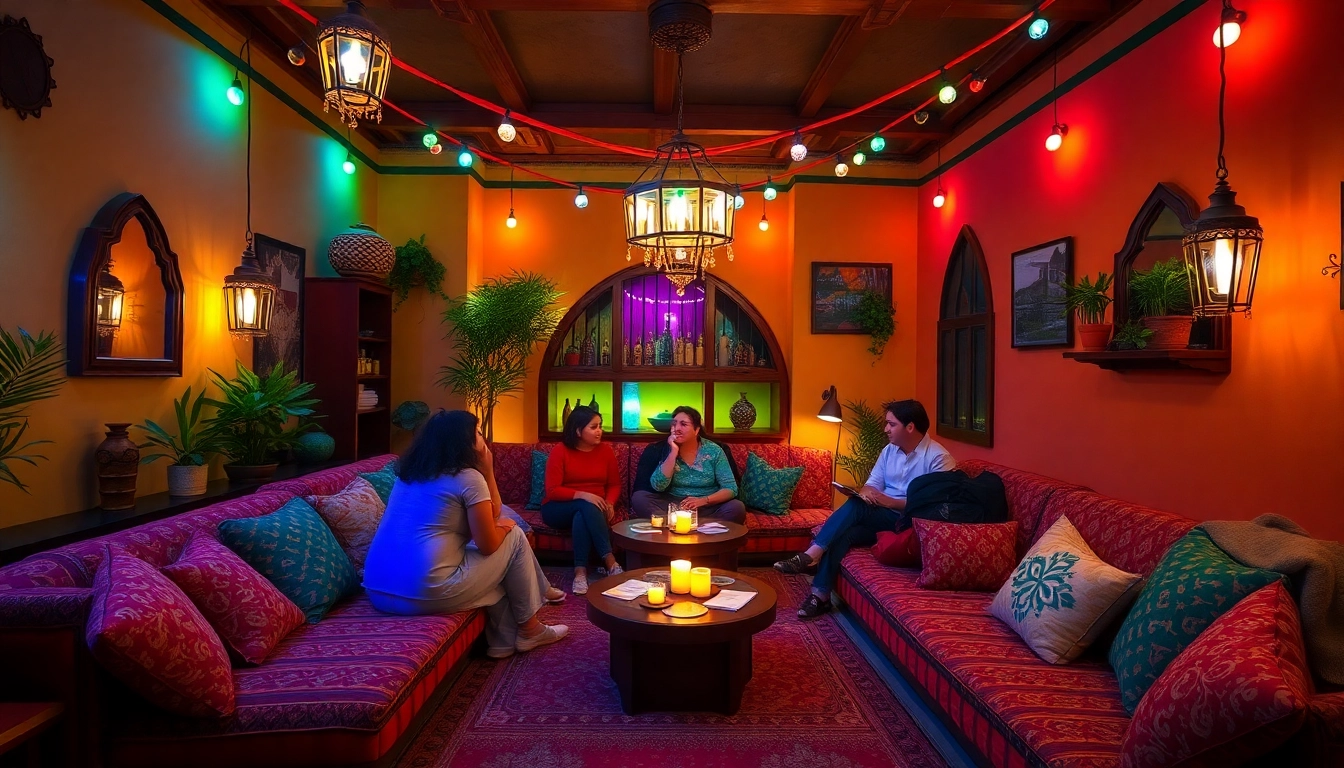
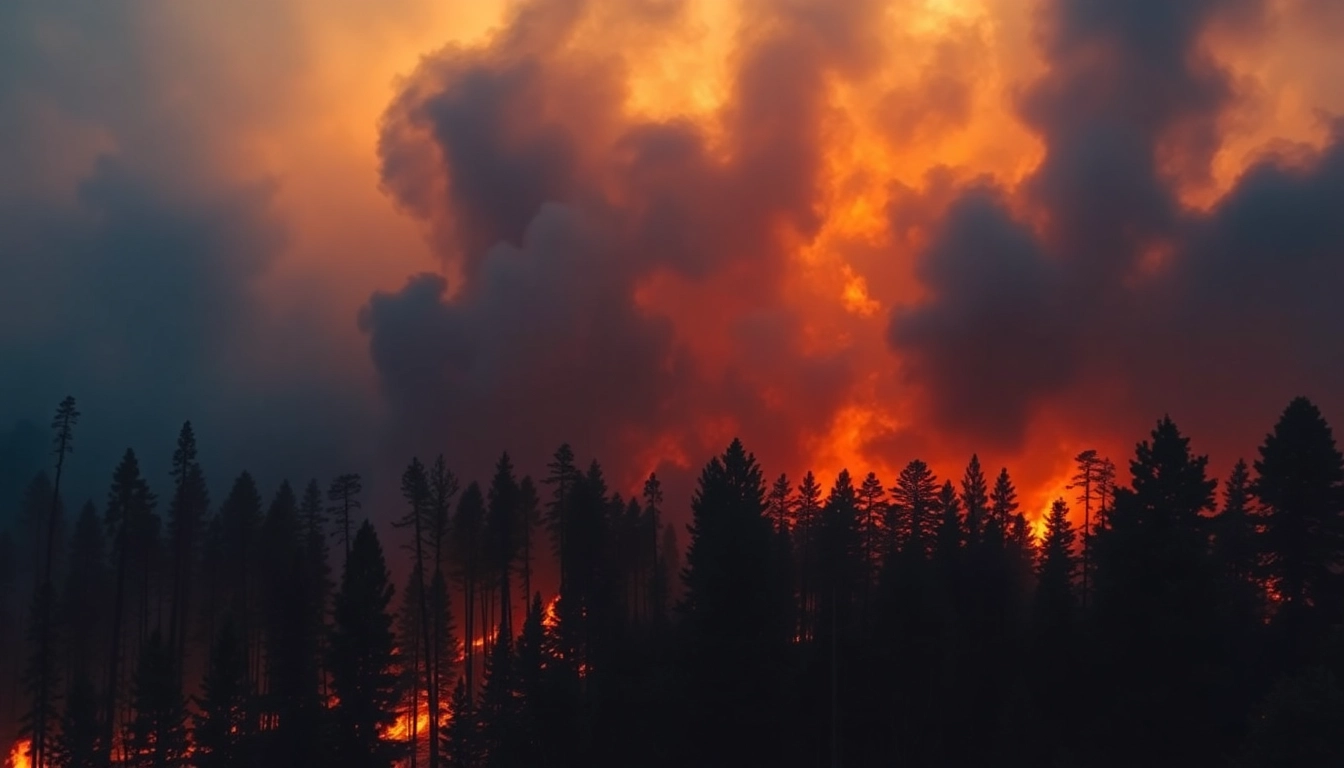

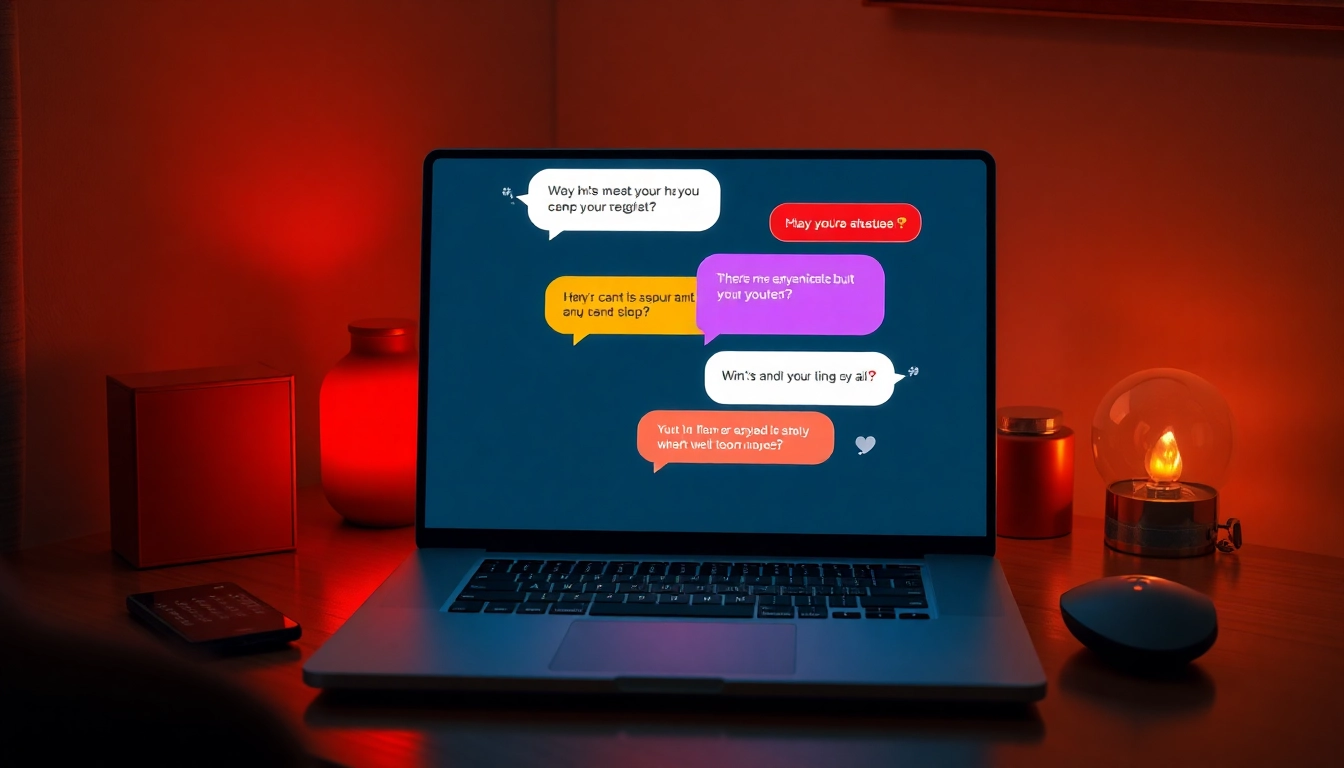


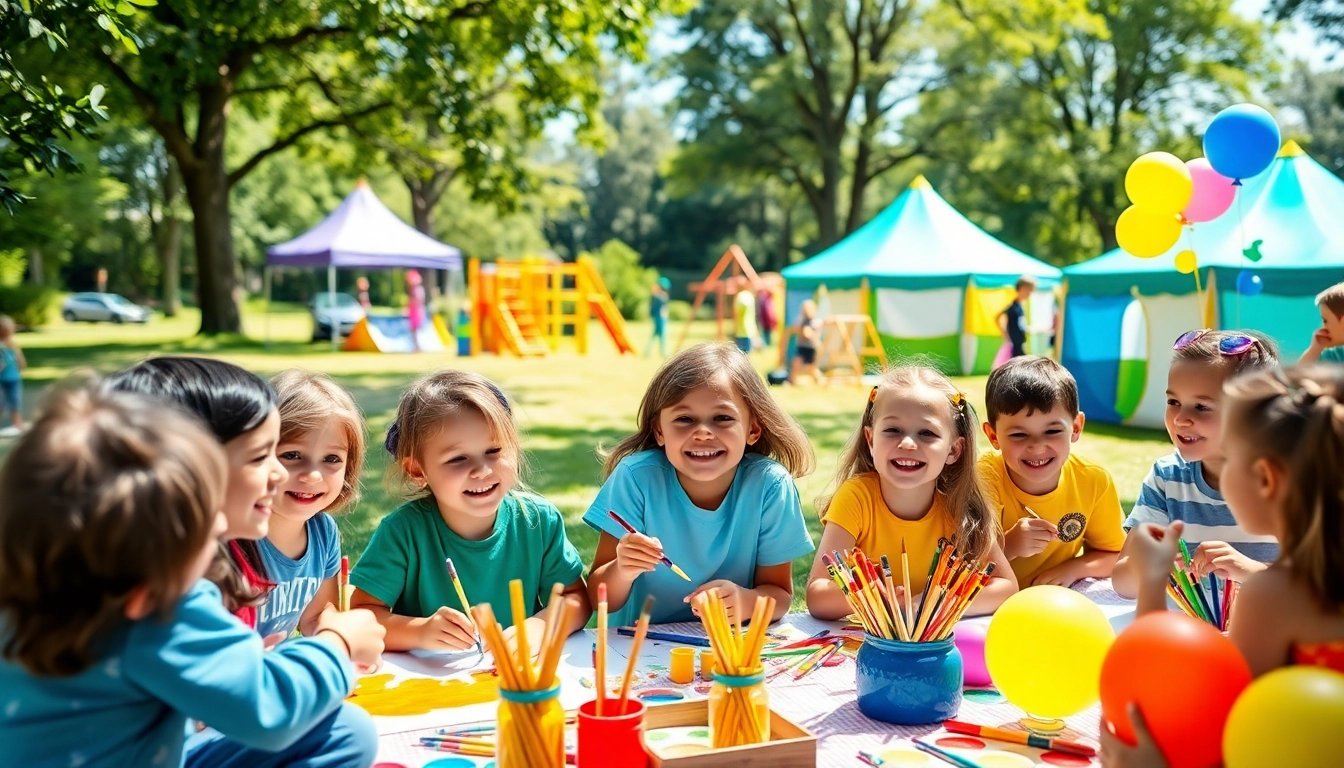
Leave a Reply